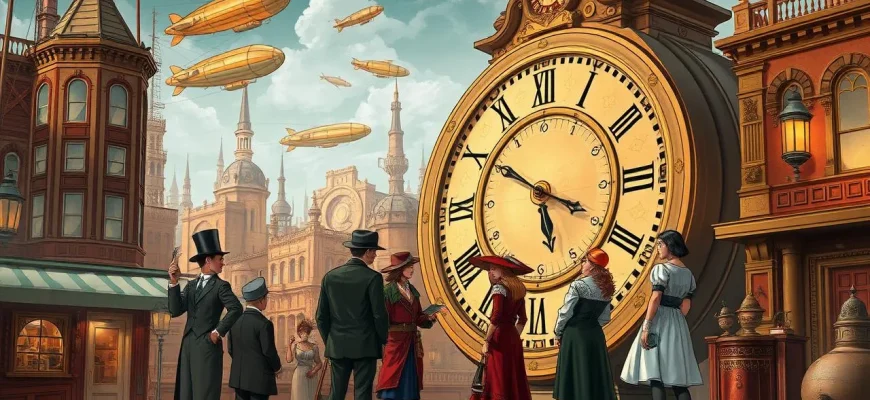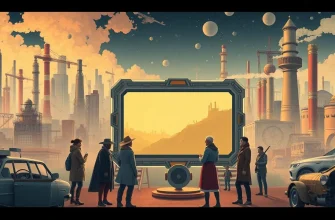- The Lost World (1925)
- The Phantom of the Opera (1925)
- 20,000 Leagues Under the Sea (1954)
- The Time Machine (1960)
- The Mysterious Island (1961)
- The League of Extraordinary Gentlemen (2003)
- The Great Train Robbery (1903)
- From the Earth to the Moon (1958)
- The First Men in the Moon (1964)
- Around the World in 80 Days (1956)
Fancy a trip back to the 19th century, where the steam engine was king and the world was on the cusp of incredible change? Well, buckle up, because we've got a treat for you! Here's a collection of ten films that blend the charm of the Victorian era with the boundless imagination of science fiction. From steam-powered contraptions to time-traveling adventures, these films will transport you to a time where the future was just a dream away. Whether you're a history buff, a sci-fi enthusiast, or just looking for a unique cinematic experience, this list is your ticket to an unforgettable journey through time.
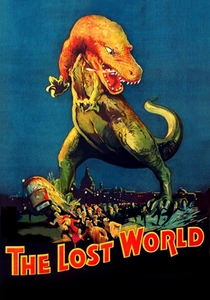
The Lost World (1925)
Description: Based on Sir Arthur Conan Doyle's novel, this film follows an expedition to a plateau where prehistoric creatures still roam. It's a thrilling adventure that captures the 19th-century fascination with the unknown.
Fact: The film was one of the first to feature stop-motion animation by Willis O'Brien, who later worked on "King Kong."
 Watch Now
Watch Now
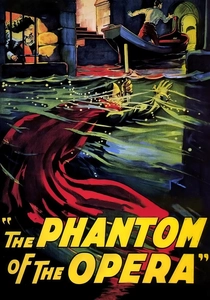
The Phantom of the Opera (1925)
Description: While primarily a horror film, its setting in the Paris Opera House during the late 19th century and the use of early special effects make it a fascinating entry into the era's cinematic exploration.
Fact: Lon Chaney, who played the Phantom, created his own makeup, which was a closely guarded secret at the time.
 Watch Now
Watch Now
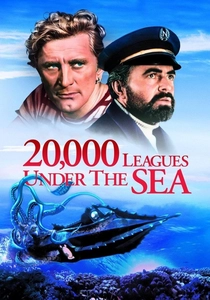
20,000 Leagues Under the Sea (1954)
Description: Based on Jules Verne's novel, this film takes us on an underwater adventure aboard the Nautilus, a submarine ahead of its time. It captures the essence of 19th-century scientific curiosity and exploration.
Fact: The film was one of the first to be shot in CinemaScope, and the Nautilus submarine was a massive set piece, weighing over 90 tons.
 Watch Now
Watch Now
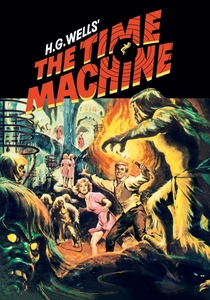
The Time Machine (1960)
Description: This classic adaptation of H.G. Wells' novel follows an inventor who travels through time to witness the future of humanity. It's a perfect blend of Victorian aesthetics and futuristic wonder, making it a cornerstone of 19th-century sci-fi cinema.
Fact: The film's time machine prop was designed by Bill Ferrari, who also worked on the iconic Star Trek Enterprise model. The film was nominated for an Academy Award for Best Special Effects.
 Watch Now
Watch Now
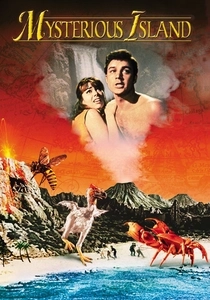
The Mysterious Island (1961)
Description: A group of Civil War prisoners escape in a hot air balloon and land on a mysterious island filled with wonders and dangers. This film captures the spirit of adventure and scientific discovery of the 19th century.
Fact: The film features stop-motion animation by Ray Harryhausen, famous for his work on other classic sci-fi films.
 Watch Now
Watch Now
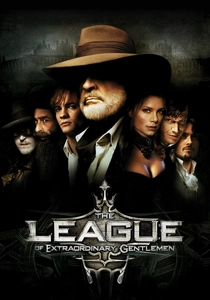
The League of Extraordinary Gentlemen (2003)
Description: Although set in 1899, this film brings together iconic literary characters from the 19th century to fight a common enemy. It's a steampunk adventure that pays homage to the era's literary giants.
Fact: The film was based on the comic book series by Alan Moore, who famously disowned the adaptation.
 Watch Now
Watch Now

The Great Train Robbery (1903)
Description: This silent film, while not sci-fi, showcases the fascination with trains and the technological advancements of the 19th century, setting the stage for future genre explorations.
Fact: It's considered one of the first narrative films, with its innovative use of parallel editing and close-ups.
 30 Days Free
30 Days Free
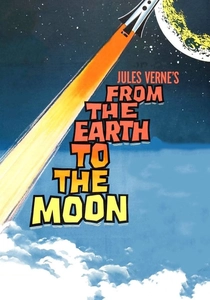
From the Earth to the Moon (1958)
Description: Another Verne adaptation, this film follows the Baltimore Gun Club's ambitious plan to send a projectile to the moon. It's a whimsical take on the 19th-century fascination with space travel.
Fact: The film was produced by RKO Pictures, and its special effects were considered quite advanced for the time.
 30 Days Free
30 Days Free

The First Men in the Moon (1964)
Description: Based on H.G. Wells' novel, this film tells the story of an eccentric scientist and his journey to the moon in a gravity-defying sphere. It's a delightful mix of Victorian charm and lunar exploration.
Fact: The film was one of the first to use a technique called "front projection" for its special effects, which was later used in the Star Wars films.
 30 Days Free
30 Days Free

Around the World in 80 Days (1956)
Description: While not strictly sci-fi, this film captures the spirit of adventure and technological advancement of the 19th century, with its tale of a race against time around the globe.
Fact: The film won five Academy Awards, including Best Picture, and featured cameos from numerous celebrities of the time.
 30 Days Free
30 Days Free

